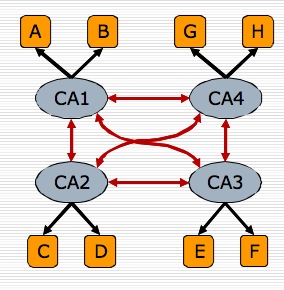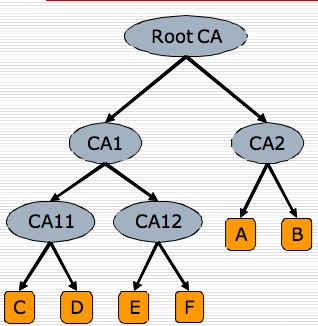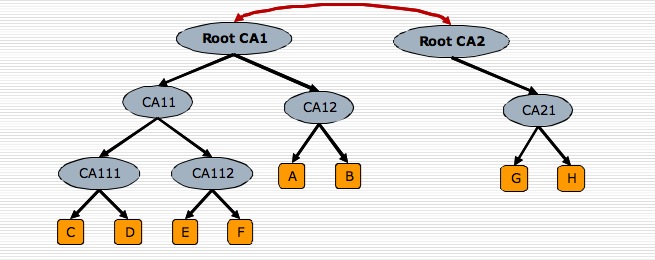What you said it's a something like Public Key Infrastructure (PKI), in PKI we use sequential signing because we want to ensure that the last sign was reliable, therefor someone else (UserB) must sign last sign(UserA) and other one(UserC) must sign UserB and so on, this chain continued until someone that was trusted to us (TTP Trusted third party) sign the last person sign, we call this user CA (Certificate Auttority). the reason that we need CA is that we have limited trusted sign in our PCoperating system (or anything elseWeb Browser or ...) and we can not save all users signature so must have sequential signing to reach some trusted one.
we have 3 architecture for this:
1- nNet Architecture:

2- Hierarchical Architecture:

3- Synthetic Architecture

